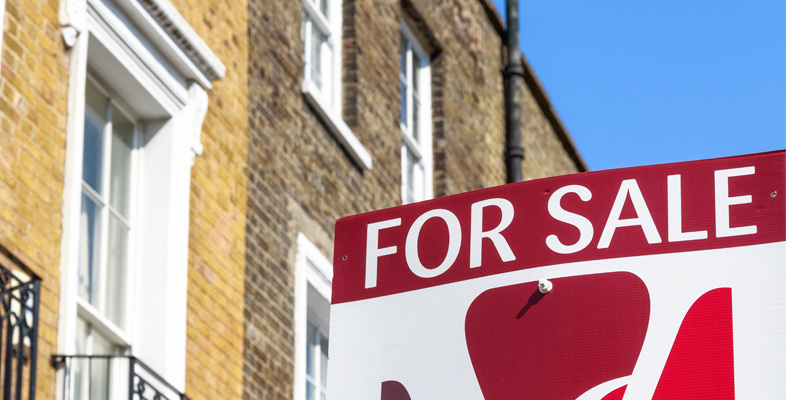4.4 A detailed example: before the purchase
Now return to the previous example of Meiling to explore in more detail the impact on the balance sheet of buying a home with a repayment mortgage. You’ll use the second financial tool that comes with this course, the Balance sheet analyser [Tip: hold Ctrl and click a link to open it in a new tab. (Hide tip)] .
Before Meiling’s house purchase, her finances stood as shown in Table 5. The entries are jumbled in a random order.
| Item | Amount (£) |
|---|---|
| Current account | 2,500 |
| Credit card and store card debts | 1,000 |
| Savings accounts (instant access) | 50,000 |
| Shares | 3,500 |
| Family heirloom (a painting) | 7,000 |
| Student loans | 6,500 |
Your task in the next activity will be to sort them more systematically and draw some conclusions from them!
Activity 12 Assessing a simple balance sheet
Open the Balance sheet analyser. To run this calculator, you need a version of Microsoft Excel or its equivalent.
Enter the data from Table 5 into the Balance sheet analyser.
Discussion
As shown in Table 6, you should make the following entries, leaving the other amounts set to ‘0’.
| Assets | |
|---|---|
| Liquid assets | |
| Cash | 0 |
| Current/Deposit account | 2,500 |
| Instant access savings account(s) | 50,000 |
| Debts owed to you and repayable within one year | 0 |
| Total liquid assets | 52,500 |
| Other assets | |
|---|---|
| Savings account(s) (locked in for one year or more) | 0 |
| Gilts and corporate bonds | 0 |
| Investment funds other than savings invested in bonds | 0 |
| Shares | 3,500 |
| Investment funds other than savings invested in shares | 0 |
| Home | 0 |
| Other land and buildings | 0 |
| Investment funds other than savings invested in property | 0 |
| Collectables (e.g. antiques, paintings) | 7,000 |
| Debts owed to you and not repayable within one year | 0 |
| Other financial assets | 0 |
| Total other assets | 10,500 |
| Total assets | 63,000 |
| Short-term liabilities | |
|---|---|
| Overdraft | 0 |
| Credit card and store card debts | 1,000 |
| Household services used but as yet unbilled | 0 |
| Taxes (e.g. income tax, council tax) due but as yet unpaid | 0 |
| Other debts you owe and repayable within one year | 0 |
| Total short-term liabilities | 1,000 |
| Other liabilities | |
|---|---|
| Personal loans | 0 |
| Amount outstanding on hire purchase agreements | 0 |
| Mortgage | 0 |
| Other secured loans | 0 |
| Student loans | 6,500 |
| Other debts you owe and not repayable within one year | 0 |
| Other liabilities | 0 |
| Total other liabilities | 6,500 |
| Total liabilities | 7,500 |
- Comment on Meiling’s net worth, current asset ratio and leverage ratio, suggesting whether each one seems high or low, and what this says about her financial position.
Discussion
The analyser should be showing the ratios replicated in Table 7.
| Net worth / wealth | 55,500 |
| Current asset ratio | 52.50 |
| Leverage ratio | 11.90% |
Having saved to buy a house, Meiling currently has high financial net worth. Her total assets exceed her total liabilities by £55,500.
Her current asset ratio is very high at 52.5. This means she would be financially very resilient in the face of a sudden shock to her income such as losing her job, with plenty of liquid assets that could be cashed in quickly and used to clear her short-term debts (the credit card balance).
She has low leverage ratio of 11.90%, which suggests that servicing her debts is unlikely to put much strain on her cash flow. (In fact, the potential strain on her cash flow will be even lower than the leverage ratio suggests because student loans are unusual, being structured so that her repayments would stop if her income fell below a set threshold.)
Keep the Balance sheet analyser open. In the next activity, you will adjust the data you’ve entered so far.
